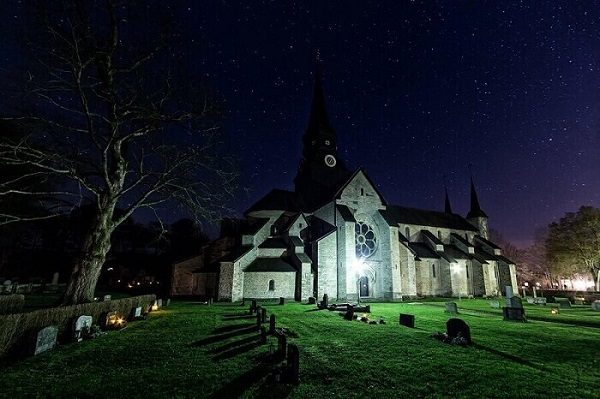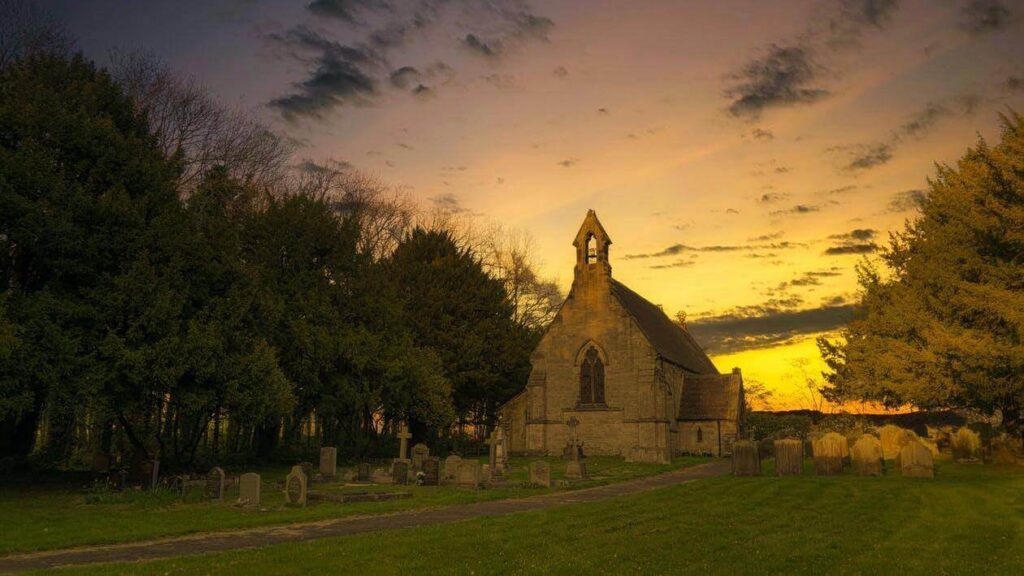How to Set an Eco-Friendly Funeral

An eco-funeral, also known as a green funeral, is a respectful way to honor a person who thrived in the great outdoors like the memorial park cemetery Tulsa, OK. Those concerned with Earth’s well-being will find it to be an attractive option as well. We provided some valuable information in setting up an eco-friendly funeral.
If you want to plan the ideal funeral for your green-minded loved one, there are certain guidelines to keep in mind. An eco-friendly funeral is one that gets back to the fundamentals and involves a simple return of the corpse to the ground.
To ensure that your funeral is conducted in an environmentally responsible manner, it is recommended that you purchase a funeral plan and outline all your wishes in detail. Beyond is a great place to look for reviews and prices from local funeral homes if you’re planning an eco-funeral. Simply enter your zip code and click through a few drop-down menus to see the funeral homes and their costs in your area. You can determine whether they provide green burial services by looking at their profiles.
What kind of casket should I choose if I want an environmentally friendly burial?
The use of a biodegradable casket is another factor to think about when planning a forest burial. Standard materials include cardboard, willow, rattan, or bamboo. Cardboard coffins are eco-friendly since they’re created from repurposed paper and may be decorated anyway you choose. The family may add their own touch by adding photographs and artwork.
Even if you’re allowed to use a wooden casket, that choice is significantly less environmentally friendly than using bamboo or another fast-growing material. You can’t use metal or wood veneer in the construction of the casket.
The use of a coffin is not mandated by law; therefore, you may use anything you choose to encase the corpse (including a specially designed shroud, or just some blankets and sheets). You may buy a shroud from a store or order one online, or you can seek the aid of a seamstress friend for a more personalized experience. Create a patchwork out of leftover fabric or visit a fabric store.
Localize your material sourcing
It would be environmentally responsible to have the burial ceremony in a nearby community, where less gas would be used, and to encourage attendees to carpool. If you can, try to get local companies involved in providing the service. You may lessen the funeral’s carbon footprint by purchasing locally grown coffins, flowers, and food. In case you have the time, it’s probably a good idea to research the companies’ track records of ethical behavior.
Reduce your use of chemicals
Traditional funerals sometimes include the usage of substances that you may not have thought about. Embalming fluid is the most obviously chemical. There is no mandate for embalming in any jurisdiction, yet the practice is often utilized to delay the inevitable. Formaldehyde is a common ingredient, and as it breaks down, it may seep into the soil and cause problems there. Refrigerating the corpse before the funeral is a more environmentally friendly option.

In case you were wondering, the graveyard is a surprising place to find chemical compounds. To keep the grass looking its best, herbicides and weed killers may be used as part of the land’s upkeep. A similar set of chemicals, pesticides, and fertilizers are used in the manufacture of cut flowers and might pose health risks to the factory employees handling them. Donations to a charity in memory of the deceased or money to help cover the funeral’s expenses would be kind alternatives to receiving flowers.
If you want to have a great location for the burial of your loved one you can consider memorial park cemetery Tulsa, OK.

